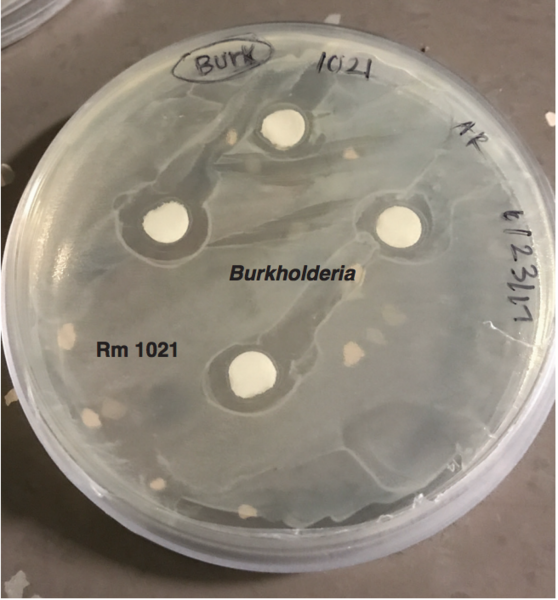Investigating the Role of Biotic Factors in Host Responses to Rhizobia in the System Medicago truncatula
(1) Okemos High School, Okemos, Michigan, (2) Department of Plant Biology at Michigan State University, East Lansing, Michigan
https://doi.org/10.59720/18-035
Nitrogen-fixing bacteria, such as the legume mutualist rhizobia, convert atmospheric nitrogen into a form that is usable by living organisms. Leguminous plants, like the model species Medicago truncatula, directly benefit from this process by forming a symbiotic relationship with rhizobia. Rhizobia fix atmospheric nitrogen to a bioavailable form for the plant and are supplied with photosynthetically fixed carbon in return. Host plants have the ability to dynamically respond to various biotic factors in their respective environments. In the context of rhizobial associations, hosts have the ability to regulate resources based on the bacteria’s nitrogen fixing abilities as well as external factors such as drought and salinity. We investigated how M. truncatula responds to nonrhizobial bacterial partners by measuring the growth of the plant, nodulation on the roots, rhizobial fitness, and nutrient allocation to ineffective rhizobial partners within the nodules. We found that Burkholderia spp. inhibited the growth of the nitrogen fixing bacteria Ensifer meliloti, Rm 1021. Even though Burkholderia inhibited rhizobia growth, M. truncatula showed the increased growth when inoculated with Burkholderia and Rm 1021. These data suggest that there may be a tripartite interaction among Burkholderia, Rm 1021, and M. truncatula.
This article has been tagged with: